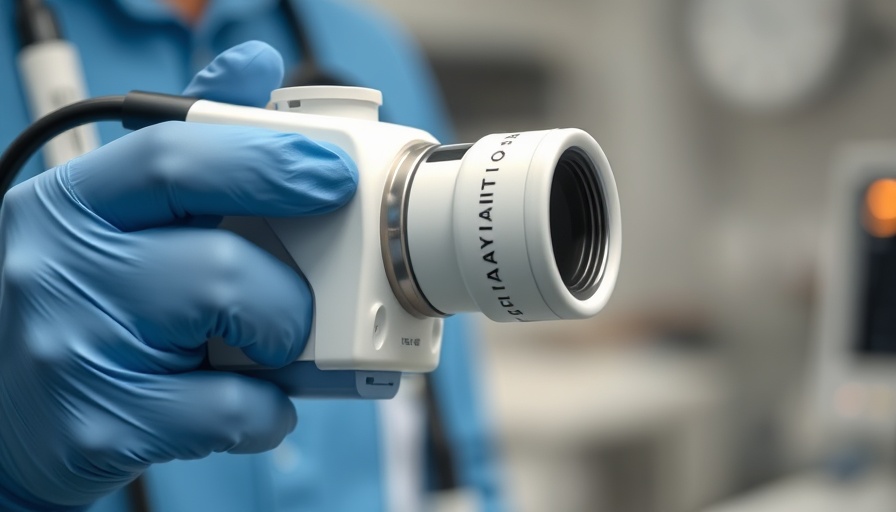
The Urgent Recall: Understanding the Risks Behind Draeger's Breathing Filters
In a significant development for healthcare providers, Draeger has initiated a recall of its SafeStar and TwinStar breathing system filters, which are critical in preventing contamination during anesthesia and mechanical ventilation. This action comes after reports emerged indicating that these filters could produce misleading carbon monoxide readings—an alarming risk that could lead to severe health consequences, including airway injuries or even fatalities.
What You Need to Know About the Product Recall
The FDA's recent notice outlined that the recall encompasses various lot numbers, including SafeStar 90 plus, SafeStar 55 plus, SafeStar 60A plus, and TwinStar HEPA Plus. Given the essential role these filters play in operating rooms and intensive care units, the implications of inaccurate carbon monoxide monitoring cannot be overstated. The filters' malfunction may lead to critical delays in treatment, risking brain injury or worse for patients undergoing surgical procedures.
Risks of Misleading Carbon Monoxide Readings
Carbon monoxide monitoring is vital in healthcare settings, particularly for patients under anesthesia. Misleading readings can falsely indicate that patients are in a safe zone, allowing dangerous levels of carbon monoxide to go unchecked. This situation not only endangers patients but also poses significant liability risks for healthcare providers if inappropriate actions are taken based on faulty data.
Protecting Patients: The Responsibility of Healthcare Providers
Independent healthcare providers must prioritize patient safety and be vigilant about equipment recalls. When such recalls occur, it is crucial for clinics and hospitals to reassess their inventory and ensure that any affected products are removed from service immediately. This proactive approach not only safeguards patient health but also enhances provider credibility within the community.
Impacts on Daily Operations: Navigating Equipment Recalls
For physicians, urgent care directors, and pharmacy owners, recalls present a unique challenge. Outdated filters can disrupt workflow and patient care. To navigate these challenges, practices must consider adopting practice automation systems that streamline operations during such incidents. By utilizing healthcare compliance tools and improving their medical office workflow, providers can manage risks effectively and focus on patient care.
Enhancing Patient Safety Through Compliance and Automation
Compliance with safety regulations in medical practices is paramount. This incident serves as a reminder of the importance of investing in medical billing recovery solutions to mitigate financial repercussions linked to oversized recalls. Utilizing automation tools not only reduces the potential for human error but also supports medical staff retention by allowing them to focus on direct patient care rather than administrative burdens.
Insights into Future Trends in Health Technology
As we move forward, the emphasis on healthcare automation will likely increase, encompassing areas like telehealth revenue and patient engagement tools. Tools that enhance practice revenue optimization, combined with AI phone agents for missed call automation, can improve operational efficiency significantly. Providers must stay abreast of these innovations to compete effectively in a challenging healthcare landscape.
A Call to Action: Staying Informed and Prepared
The Draeger recall highlights the critical necessity for healthcare professionals to stay informed regarding equipment safety and compliance. As independent providers, leveraging technology and strategic planning should be at the forefront to ensure sustained patient care and clinic stability. Additionally, consider exploring pre-tax benefit plans and developing a robust strategy for employee health benefits to further support your practice through challenges.
In conclusion, the recall of Draeger’s breathing filters serves as a striking reminder of the fragility of healthcare systems and the imperative of prioritizing patient safety through vigilance and innovation. As professionals in the healthcare space, it is crucial to adopt these proactive strategies to mitigate risks associated with medical equipment and improve patient outcomes.
 Add Row
Add Row  Add
Add 




Write A Comment